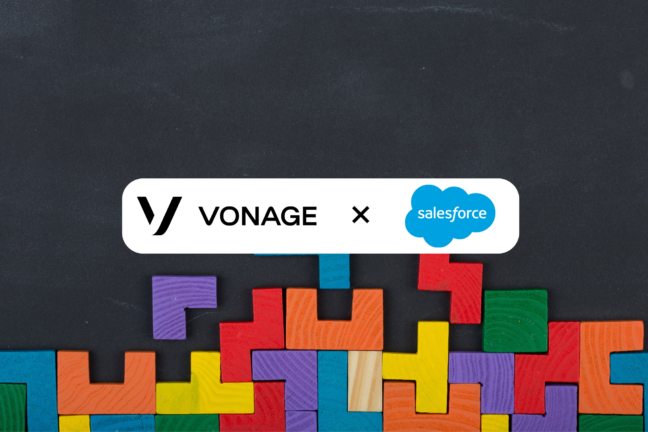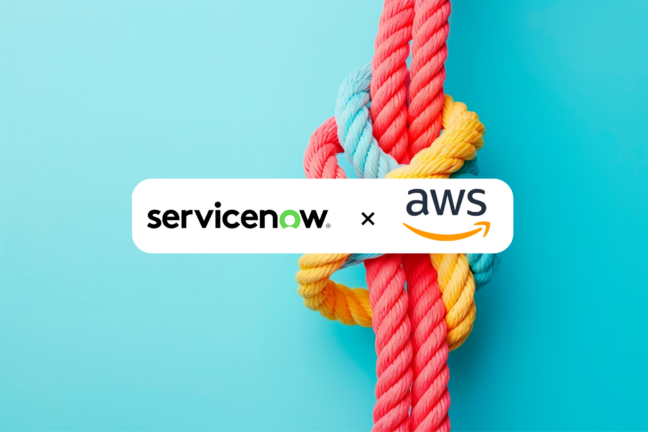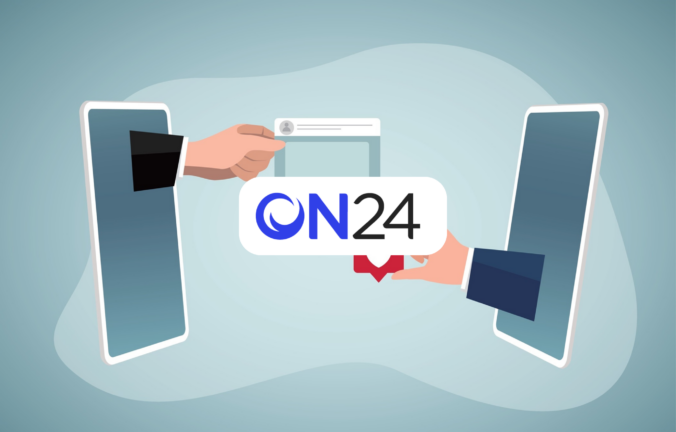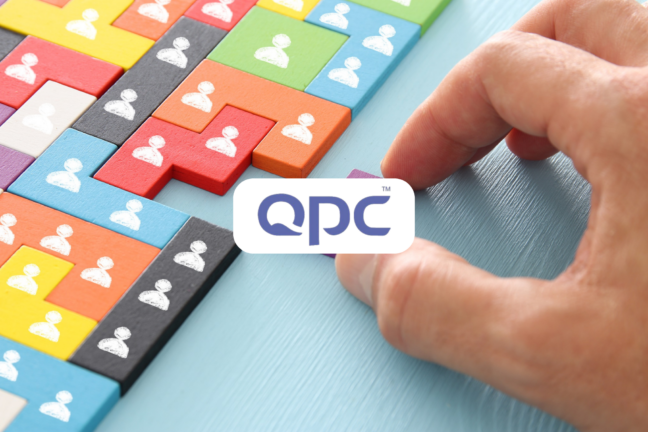When it comes to changing consumer preferences, the retail industry needs to pay attention to many things: marketing, product quality and price, and, perhaps most importantly, the seamless customer journey. Once a customer decides on a purchase, a friction point arises - their preferred payment method is not an option.
This friction point is a breaking point in a customer journey for 76% of consumers, according to the latest survey by Applause, a testing and digital quality company. The majority of consumers are likely to abandon a transaction if their preferred payment method is not accepted. As credit and debit cards continue to be the most popular method, preferred by 78% of U.S. consumers, with mobile/digital wallets a close second at 68%, this statistic does not come as a surprise.
“Choice and speed are top of mind for consumers. If they can’t quickly make a purchase with their preferred payment method, they’re not going to continue on with the experience. Digital payments is a complex landscape. Beyond transaction processing, developers need to think about returns, exchanges, receipts, rewards programs and more. Every aspect of the customer journey is an opportunity to drive customer satisfaction and retention, which is why expanding test coverage through crowdtesting is so critical,” said Luke Damian, Chief Growth Officer, Applause.

More than 40% of consumers encountered an issue that impacted their ability to make a payment recently. The survey also reveals that poorly localized apps are another factor that deters consumers from completing a purchase.
Providers are falling behind in meeting consumer demand for digital wallets, with only 56% offering them despite customer preferences. Developers focus on localization but often rely on internal testing, which can introduce bias. While many organizations are adapting to regional norms, most still depend on in-house staff for language-specific testing.
Translation accuracy proves critical to retaining users. Over 50% of consumers have abandoned an app due to poor localization, contributing to revenue loss from cart abandonment. Respondents shared the top localization issues they have encountered: 48% of app responses used incorrect words or syntax, 40% assumed local knowledge with which they were unfamiliar, and 38% had misspellings.









